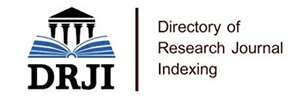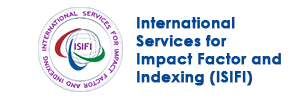
Journal Basic Info
- Impact Factor: 1.995**
- H-Index: 8
- ISSN: 2474-1647
- DOI: 10.25107/2474-1647
Major Scope
- Neurological Surgery
- Surgical Oncology
- Thoracic Surgery
- Cardiovascular Surgery
- Urology
- Breast Surgery
- Gynecological Surgery
- Obstetrics Surgery
Abstract
Citation: Clin Surg. 2021;6(1):3126.Research Article | Open Access
A Nerve Sparing Procedure for Posterior Access Thoracolumbar Fracture Surgery
Ohana N1 , Sheinis M2 and Benharroch D3*
1 Department of Orthopedic Surgery, Meir Medical Centre, Israel 2 Department of Orthopedic Surgery, Soroka University Medical Centre, Israel 3 Department of Pathology, Soroka University Medical Centre, Israel
*Correspondance to: Daniel Benharroch
PDF Full Text DOI: 10.25107/2474-1647.3126
Abstract
Background: Treatment of thoracolumbar fractures often requires surgery, but there is no consensus as to the preferred method. The results of a nuanced surgical procedure use a posterior approach and aimed at preserving the integrity of the neural elements. Methods: The files of 14 patients who underwent surgery for complex thoracolumbar fractures at a single tertiary hospital during a four-year period were reviewed. During a single-stage procedure, performed via a posterior approach, a titanium mesh cage was inserted into the vertebral cavity using a maneuver which protected the nerve roots. Outcome measures included neurological status, sagittal profile of the spine, spinal stability, height restoration and decompression. Results: Seven patients presented with Type A fractures according to the AO Spine classification, three of them with two simultaneous fractures. One patient suffered from a type B fracture and three patients from type C fractures. While most patients displayed a preserved neurological status, three were paraplegic on admission (Frankel grade A). The suggested procedure has allowed for direct canal decompression and has resulted in immediate stability and optimal height restitution. The spinal profile has also improved. Conclusion: The nerve sparing procedure offered considerable benefits to the patients. Additionally, the technique may be applied also to fractures above and below the T11-L2 segment, and to patients with Frankel grade A lesions.
Keywords
Thoracolumbar spine; Nerve roots; Mesh cage insertion; Burst fracture; Operative nuance
Cite the article
Ohana N, Sheinis M, Benharroch D. A Nerve Sparing Procedure for Posterior Access Thoracolumbar Fracture Surgery. Clin Surg. 2021; 6: 3126.













